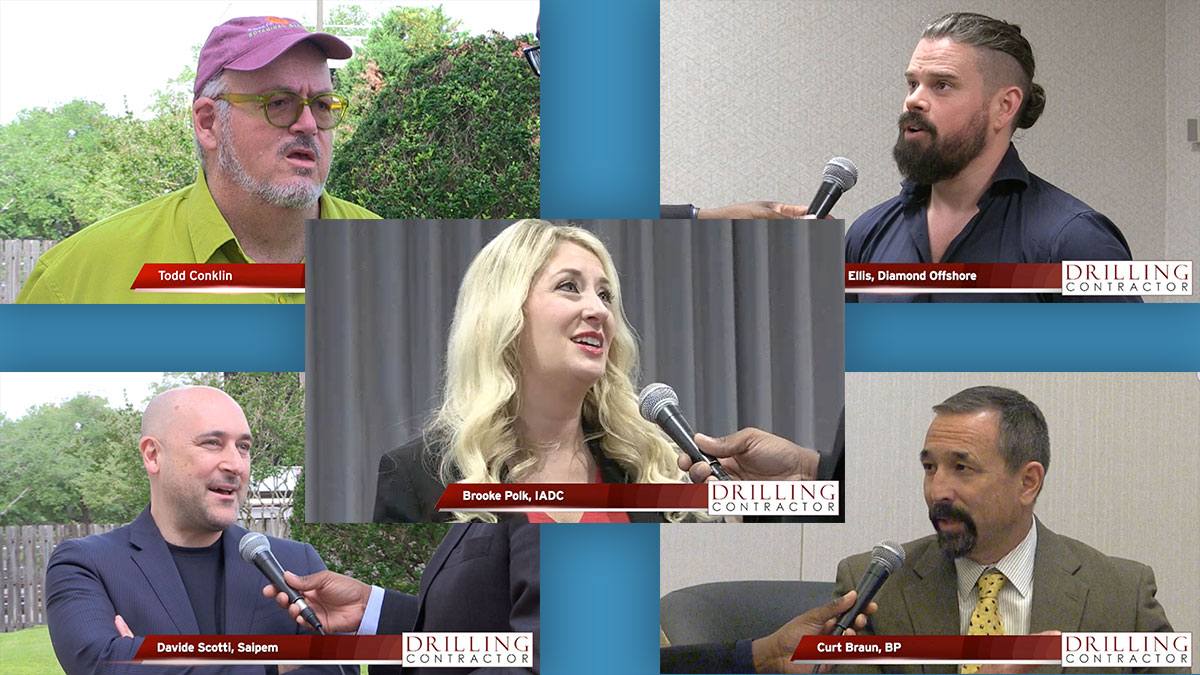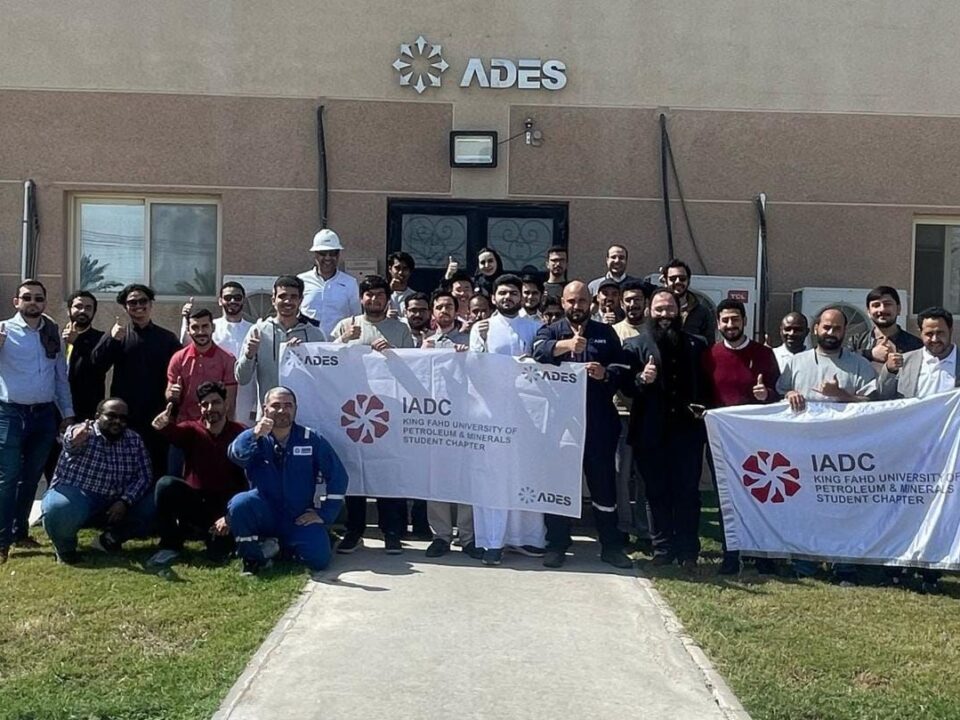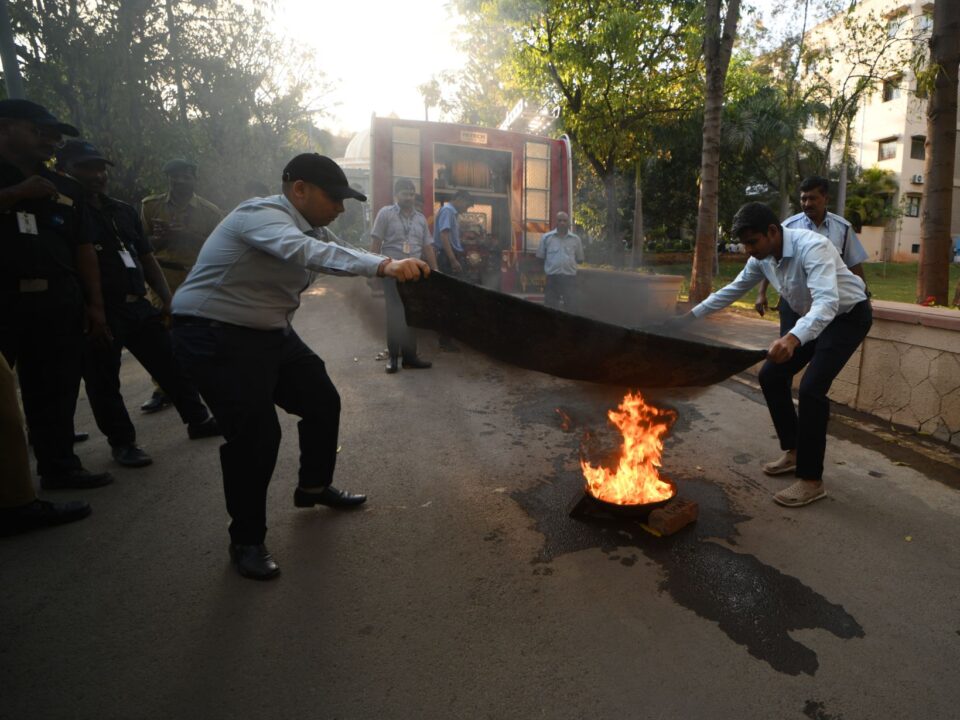The 2023 IADC Health, Safety, Environment & Training Conference & Exhibition was held 18-19 April in Houston, Texas. During the conference, Drilling Contractor conducted multiple interviews with people involved in the conference.
DRILLBITS
Monthly eNewsletter from the IADC
Drilling Contractor Interviews from the 2023 HSE&T Conference

H2S draft curriculum, review of WellSharp test questions among ongoing IADC accreditation efforts
IADC has been in the process of creating an H2S accreditation program, with the focus on creating a drilling-specific training standard for safely working around the potentially harmful gas. In this video from the 2023 IADC HSE&T Conference, Brooke Polk, VP – Accreditations Operations at IADC, discusses the status of this development. She also discusses another major update in IADC’s accreditation efforts, the test questions review for the WellSharp accreditation program, in which every question in the WellSharp assessment was reviewed to ensure that it aligns with key learning objectives.
Conklin: Next step change in safety management requires fundamental shift, acceptance of failure
According to Todd Conklin, retired Senior Advisor for Organizational and Safety Culture at Los Alamos National Laboratory, safety is the “ability for workers to be able to work in a varying and unpredictable world.” Industries must accept that not all accidents are preventable, and they must focus on managing the capacity for systems to fail in order to create the most effective safety culture. In this interview with DC from the 2023 IADC HSE&T Conference, Dr Conklin speaks about how managing that capacity represents a “new view” in safety leadership, and how it differs from the “perfection model” of incident prevention that represented the traditional view of safety in the industry. He also discusses where the oil and gas industry is in its safety journey – particularly, how the industry’s focus on dropped objects represents the shift from the traditional view of safety to the new view.
Integrating human factors into system design key to maximizing rig-site safety and performance
Maximizing safety and performance on the rig will require companies to consider the capabilities and limits of their people and integrate those considerations into the design of the systems they use, said Curt Braun, Human Performance Advisor at BP. During the 2023 IADC HSE&T Conference, Dr Braun explained the concept of human systems integration (HSI), which is used by many industries to ensure they design systems that focus on the interface between the systems and humans. In this interview with DC from the conference, Dr Braun explains how the concept can provide value in oil and gas operations, as well as the optimal time in the project lifecycle for companies to utilize HSI.
Saipem set to launch new Safety Vision
Through its new “Safety Vision,” which is set to launch on 28 April, Saipem will focus on aligning every level of its organization to a set of intrinsic values that it believes are fundamental to having an effective safety-based culture. Key to the Safety Vision are the safety leadership expectations, a set of actions, activities and behaviors that managers are expected to follow and communicate to their staff. Speaking with DC at the 2023 IADC HSE&T Conference, Davide Scotti, Head of HSE Culture, Communication and Training at Saipem, explains what the safety leadership expectations are and how they can help to reduce incidents.
Mitigating incidents requires thorough understanding of human error
Human error at the rig site is inevitable, and understanding the root causes of human error is key to minimizing the potential for future incidents, said John Ellis, HSE/QA and Regulatory Manager at Diamond Offshore. Speaking at the 2023 IADC HSE&T Conference, Mr Ellis explained how a proactive approach to identifying “human error traps” in existing procedures and standards is vital for incident prevention and response. In this interview with DC from the conference, Mr Ellis discusses how lessons learned from previous incidents can be valuable in helping companies figure out where the traps are, and how this proactive approach represents a new way of thinking about safety in oil and gas.




